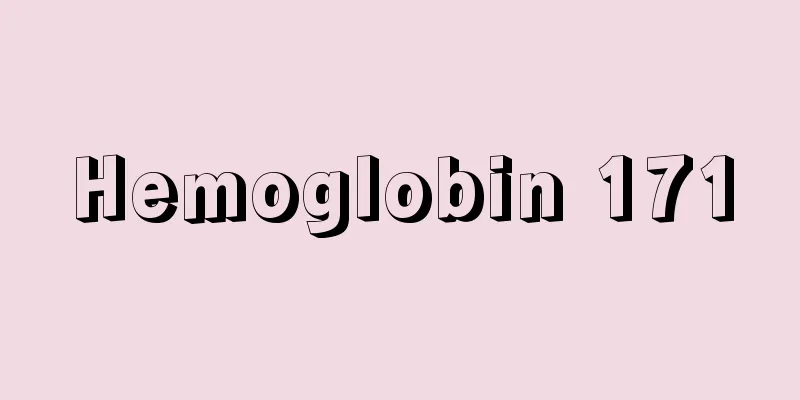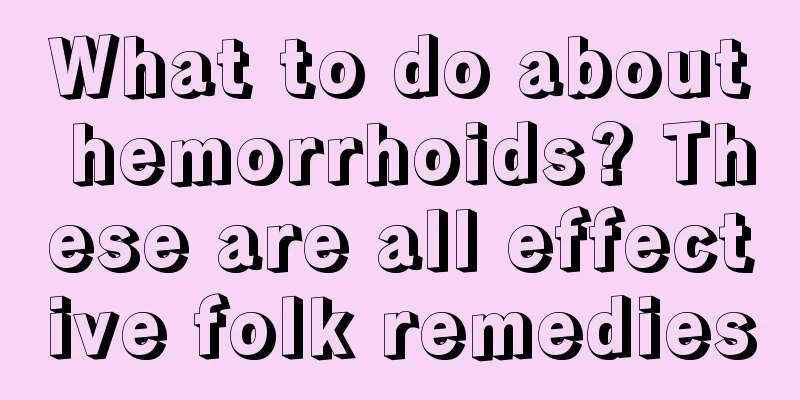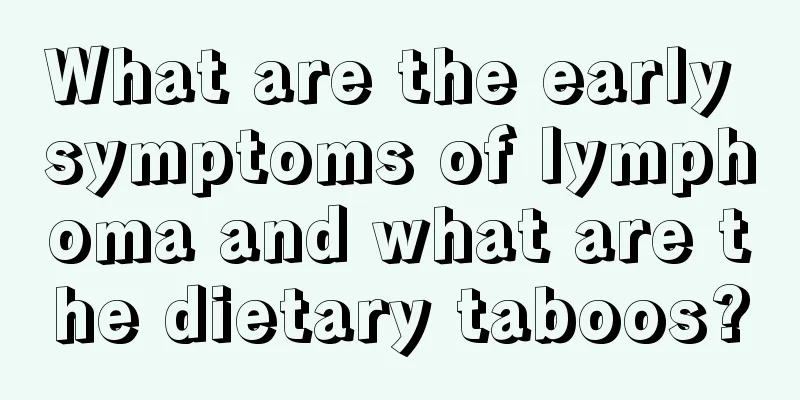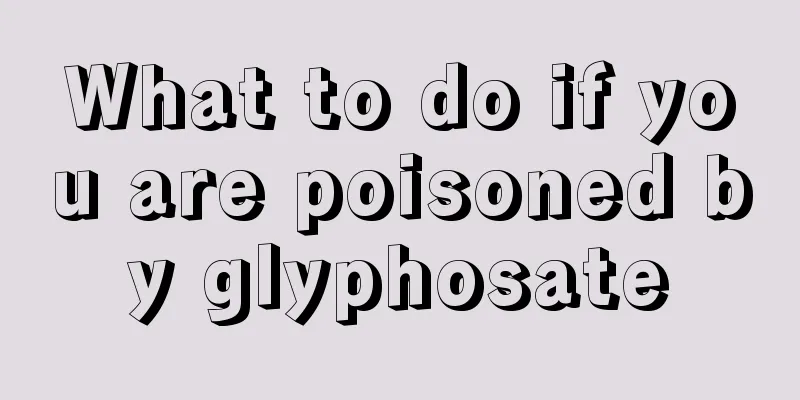Hemoglobin 171

|
Hemoglobin is a relatively common element that can achieve a good regulatory effect on various aspects of the body, while providing the body with sufficient nutritional elements. Hemoglobin must exist in the human body, but if it is too high or too low and not within the normal range, it will have a greater impact on the body. Patients should choose appropriate treatment methods based on their physical conditions. 1. High hemoglobin is seen in blood concentration, mild hypoxia, or a love of exercise. 2. The formula for calculating the mean hemoglobin of RBC is: MCH=HGB/RBC, so as the hemoglobin increases, the hemoglobin content of RBC also increases accordingly. 3. The platelet distribution width is relatively high, indicating that the platelets are more dispersed in volume distribution and uneven in size. If the platelet count is normal, it has no special clinical significance. Basically normal. If you smoke regularly, please reduce the harm of smoking to your body. Normal range Male: 130~175g/L (13.0-17.5g/dl); Women: 115~150g/L (11.5-15.0g/dl); For newborns: 170~200g/L (17.0-20.0g/dl). Inspection Introduction Hemoglobin, also known as hemoglobin, is the main component of red blood cells. It can combine with oxygen and transport oxygen and carbon dioxide. Clinical significance The clinical significance of increased or decreased hemoglobin is basically similar to that of red blood cell count, but hemoglobin can better reflect the degree of anemia. Increased hemoglobin may occur in the following situations: Physiological increase: seen in plateau residents, fetuses and newborns, intense activities, fear, cold water baths, etc.; Pathological increase: seen in severe congenital and acquired cardiopulmonary diseases and vascular malformations, such as tetralogy of Fallot, cyanotic congenital heart disease, obstructive pulmonary emphysema, cor pulmonale, pulmonary artery fistula or pulmonary venous fistula, and abnormal hemoglobin disease with low oxygen-carrying capacity; also seen in certain tumors or kidney diseases, such as renal cancer, hepatocellular carcinoma, nephroembryoma, hydronephrosis, polycystic kidney, etc. Decreased hemoglobin is seen in the following situations: Physiological reduction: Infants from 3 months to children under 15 years old, the hematopoietic system has a relative deficiency of hematopoiesis due to rapid growth and development, which is generally 10%-20% lower than that of normal people. In the middle and late stages of pregnancy, the blood is diluted due to the increase in blood volume during pregnancy. In the elderly, the bone marrow hematopoietic function gradually decreases, which may lead to a decrease in red blood cell and hemoglobin content. |
>>: Central nervous system specific protein
Recommend
What is the reason for stomach bloating and farting
Stomach bloating and flatulence are common phenom...
Bone pain in tumor patients may be caused by bone cancer
Eight years ago, Ms. Zhang had radical surgery fo...
What are the symptoms of nasopharyngeal cancer?
What are the symptoms of nasopharyngeal cancer? S...
Is colon cancer delayed? 5 causes to prevent in advance
In recent years, colon cancer has become more com...
Bladder cancer patients should pay attention to its typical symptoms in time
In recent years, the incidence of bladder cancer ...
Can people with herpes drink alcohol?
The herpes virus is a relatively common virus tha...
What tests should be done for kidney cancer?
The cause of kidney tumors is still unclear. Ethn...
Can cervical cancer be inherited from generation to generation?
Cervical cancer may be life-threatening. Patients...
What kind of painkillers are suitable for patients with advanced bone cancer to take for a long time
When it comes to cancer, everyone is very scared....
How to effectively treat oral acne
Oral condyloma acuminatum is also a type of condy...
What's going on when my eyes itch?
In people's daily life and work, some factors...
What are the treatments for angina?
Nowadays, society is developing faster and faster...
Why can't people with liver cancer eat eggs
Liver cancer patients should not eat eggs because...
What to do if closed comedones appear on face
Closed comedones on the face are the most intoler...
How to make brown sugar honey mask
Everyone loves beauty, and it is women's natu...









